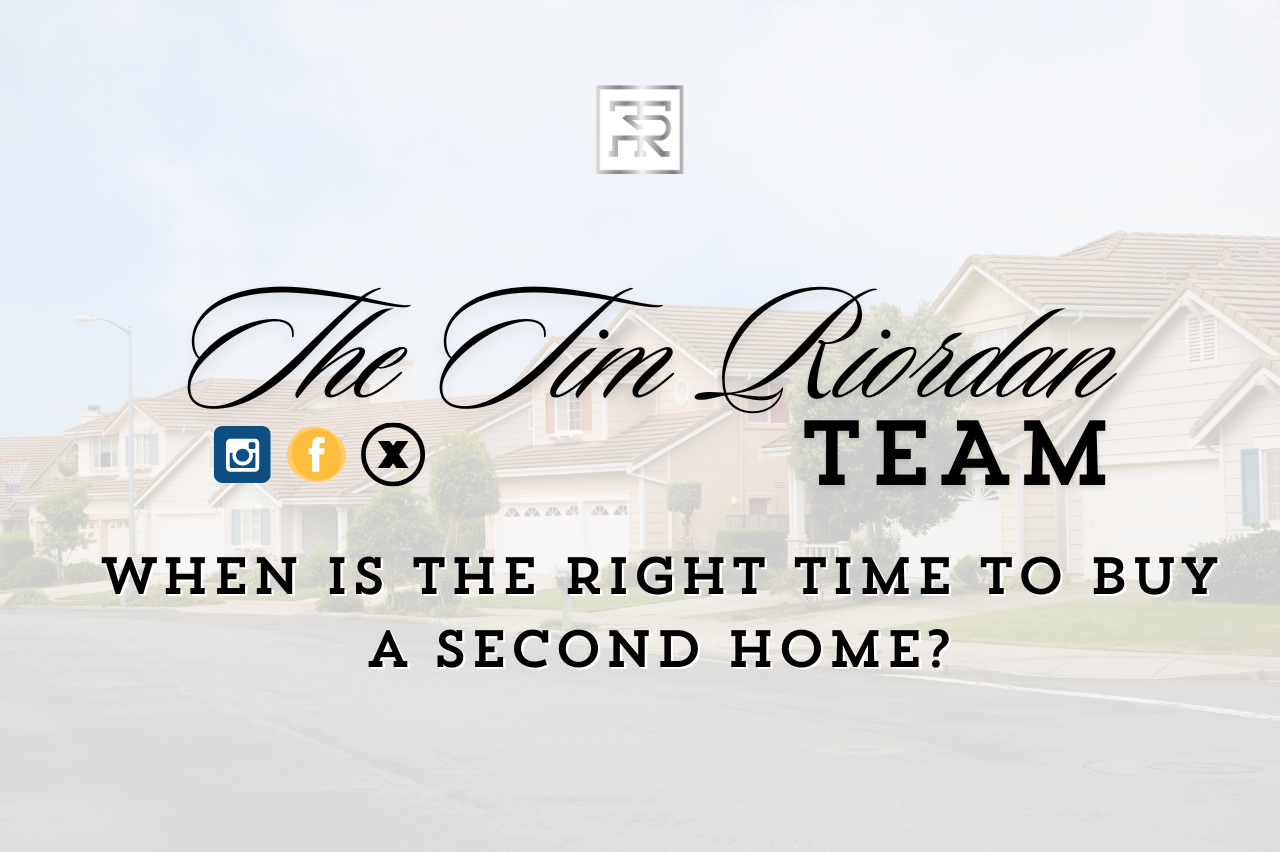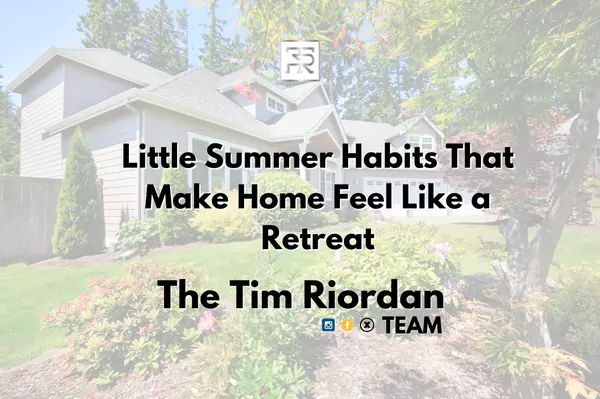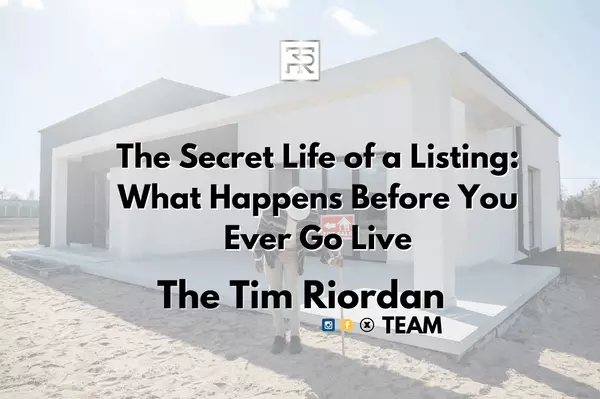When Is the Right Time to Buy a Second Home?

When you think of buying a home, the typical path seems straightforward: Purchase a primary residence, settle down, and maybe, just maybe, consider springing for a second home later.
But what if we flip the script and buy a second home first?
My husband and I first pondered this question while living in Manhattan, where the high cost of real estate often made renting more viable than buying. A modest two-bedroom in a desirable neighborhood here can exceed $1.5 million. Renting in the city allowed me to maintain my lifestyle without the financial strain of owning property in such an expensive market.
So, instead of plunging into the daunting Manhattan market, my husband and I decided to buy what is traditionally considered a “second home” in the Catskills, an area known for its natural beauty and tranquility—as well as its relatively affordable real estate.
We paid $72,500 for the land, then got a mortgage for about $300,000 to build the house, which was completed earlier this year.

The benefits of buying a second home first
This Catskills home wasn’t merely intended as a weekend retreat. It was a strategic investment that allowed us to build equity in a more affordable location while continuing to live in the city. And this approach to homebuying can work for many people in various financial circumstances across the country.
Renting your primary residence while owning elsewhere—a trend called “rentvesting“—has grown considerably over the past few years as a way for today’s cash-strapped renters to finally make the leap to homeowner without mountains of cash on hand.
“For younger residents of big cities where real estate is particularly pricey, buying an investment or vacation property in a nearby but much more affordable area can be a way to begin to build equity without sacrificing big-city living,” notes Danielle Hale.
This approach is perfect for those who want to keep their current lifestyle—whether for work or family or just because they love where they are—while dipping their toes into the real estate market. Think of it as having your cake and eating it too: You get to stay in your preferred area without the heavy financial burden of buying there.
Financially, this approach might make sense because owning a second home elsewhere can generate income (either as a vacation rental or for longer-term tenants), and the property might grow in value over time. Buying a second home first was essentially a savvy investment and a lifestyle choice rolled into one—a way for us to merge our current needs and future goals.
But is joining the ranks of rentvesters the right move for you? Here’s what to know.
The challenges of buying an investment property
Let’s talk money. Buying a second home involves unique financial considerations.
Lenders, for one, will know this is not your primary residence, since you’ll have to specify this when filling out mortgage paperwork. Since lenders often view second homes as higher-risk investments, they might stick you with stricter credit requirements, higher interest rates, and a larger down payment, typically 20% to 30%.
But there’s a silver lining: tax benefits. The interest on your mortgage and property taxes might be deductible. And if you rent it out, you can deduct certain expenses such as maintenance and utilities—though this comes with additional tax complexities.
To mitigate the financing costs, I shopped around for the best mortgage terms and considered working with lenders specializing in second-home loans. Going to a local financial institution was helpful because I preferred having human interactions when securing a loan.
In the end, it was definitely much cheaper to buy a second home. Even though it was still 20% down, it was 20% down on about $300,000 versus 20% down on $1.5 million. That’s $60,000 down instead of $300,000.
Nonetheless, making the leap into such a substantial financial investment is not for the faint-hearted. When I bought this house, thorough research was crucial. Here’s how I approached it.
Why location really matters for a second home
Unlike a primary residence, a second “investment” property really has to live up to its name and appreciate over time. To figure this out, I delved into property appreciation rates, local economic growth, and demographic shifts.
For instance, the Catskills saw an influx of new residents due to remote work trends and city dwellers relocating, promising investment opportunities. I also considered seasonal fluctuations in rental demand, essential to ensure a location attracts visitors year-round. That’s how I deduced that the Catskills was a great place to visit every season, compared to a beach town like the Hamptons.
Get on-the-ground expertise
While we were familiar with the Catskills, I leaned heavily on the insights of local real estate agents and experts to make the final choice. These professionals knew the area’s market dynamics inside and out, including which neighborhoods were up-and-coming and which might be oversaturated. They also advised me on fair market values, helping me avoid overpaying for a property. In my case, partnering with a knowledgeable real estate agent in the Catskills gave me the information I needed to identify a prime piece of land that met my personal needs and performed well as a rental property.
How to evaluate a property’s potential
Beyond location, the specific characteristics of the property itself were crucial. I considered property size, amenities, and proximity to attractions or conveniences. A home with multiple bedrooms and modern amenities appeals to a broader range of renters. Having access to popular attractions, such as hiking trails, ski resorts, and waterfronts, significantly enhanced my property’s rental appeal and justified higher rental rates.
When we first considered purchasing a property in the Catskills, we knew it was a popular area—many of our friends already owned and rented homes there. What set our location apart was its walkability to local attractions—a rarity in the Catskills—but in a setting that was also private and wooded. This combination of accessibility and seclusion made it particularly attractive both for personal use and as a rental property.
Personal taste and practicality
Balancing personal taste with market demand was another critical aspect. While purchasing a property that resonated with my vision of a retreat was essential, it also had to cater to potential renters’ preferences. This meant considering the aesthetics and practical aspects like ease of maintenance, security features, and energy efficiency. We went with a modern build that was easy to maintain and appealing to renters.
Many of the homes in the area are historic. Modern homes in the area, on the other hand, typically tend to be much larger and rent for more than people might want to spend for a weekend getaway. Our home is much smaller, so it’s at a more affordable price point. Yet, renters still get the modern aesthetic. Our balance of modern yet affordable was to ensure a steady income stream when we rent it out.

Practical considerations
Owning a second home means double the responsibility. This includes maintenance, repairs, and dealing with tenants if you rent it out—all while you’re living miles away.
Understanding the need for professional help, considering our primary residence is in Manhattan, we decided to hire a property manager. This was a strategic decision to ensure the house would be well maintained and that our guests would have a high-quality experience even in our absence.
The property manager handles everything from booking to maintenance and guest communications. In return for those services, we pay a fee ranging from 5%-15% per booking. This fee structure made sense to us, as it aligns the property manager’s incentives with ours, motivating them to keep the place booked and the guests happy.

Is buying a second home first right for you?

Buying your second home first is a bold move and not without its challenges. But for the right person, it can be incredibly rewarding. You end up with a getaway spot, a potential source of income, and a real estate investment all in one.
For me, the Catskills home has become not only a beloved retreat but a proven financial investment, with its property value appreciating and the rental income contributing to our mortgage payments. This arrangement has been crucial in making our investment work. It affords us the peace of mind that comes with knowing the property is in good hands while also providing a steady income stream that helps cover the mortgage and maintenance costs.
We visit the house occasionally, reveling in the area’s tranquility and natural beauty. It’s comforting to see our home well cared for and appreciated by others. This balance of personal enjoyment and financial prudence is certainly a rewarding aspect of our investment.
However, if juggling two properties feels daunting—or if your financial situation isn’t as solid as you’d like—it might be better to wait. The real estate journey is deeply personal, and what works for one might not suit another.
Consider your financial goals, lifestyle preferences, and long-term plans before deciding. If, like me, you find owning a second home appealing and financially viable, it could be a strategic move that pays off nicely.

Categories
Recent Posts










